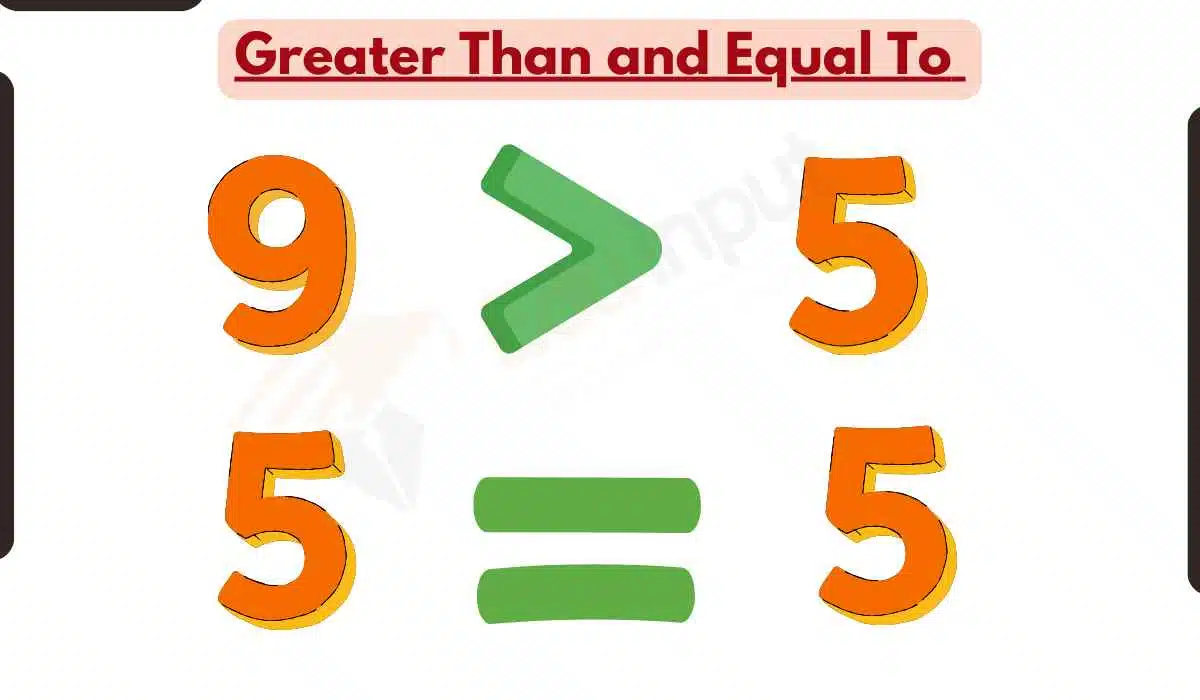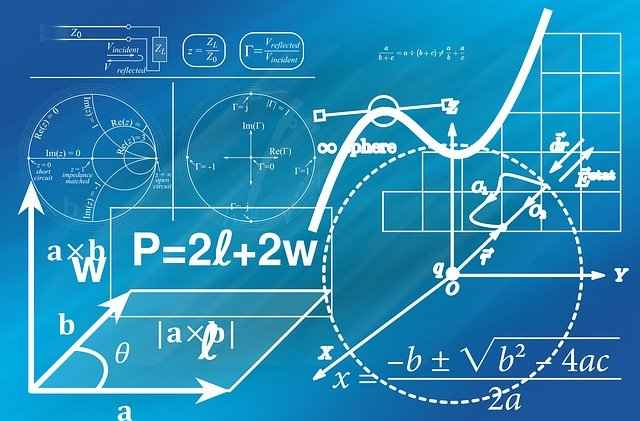What is Decimals Mean in Math?
Decimals are an alternative way of representing fractions in Mathematics. You can express a fraction as a decimal by writing the numerator (top number) over the denominator (bottom number) and placing a decimal point at the division line. So, 1/2 would be written as 0.5, with the zero in ones’ place and five in tenth place. Decimal comes from the Latin word decimus, which means tenth.
The decimal system, also known as base-10, is the most widely used number system. It has 10 digits, 0 through 9, and each digit in a number has a different place value. The decimal point separates the whole numbers from the fractional part of a number. Fractions are written as decimal numbers when we convert them to the decimal system. We separate the whole number from the fraction by inserting a “.”, called a decimal point.
Decimal Definition?
A decimal number is a number expressed in the base ten numeral system. In other words, it’s a number that contains a decimal point and represents a whole number or fraction of a whole number (tenths, hundredths, etc).
There are two main types of decimals:
For example:
17.235, 0.149, 125.005, 2534.0 etc. are the decimal numbers or decimals.
Every decimal number is made up of two parts:
- The whole number part
- The decimal part
The decimal point is a dot (⋅) that is used to separate the whole number part from the decimal part in a decimal number.
For example, in the decimal number 27.54, the whole number part is 27, and the decimal part is 54.
How to Read a Decimal?
A decimal can be read informally by reading the whole number part as you would read any other whole number. The decimal point is read as “point” and then each digit of the rational part is read individually.
For example, the number 17.48 would be read as “Seventeen point four eight.”
However, a more formal way to read decimals is to read the whole part as a whole number, then the decimal dot as “and” and then reading the fractional part altogether but using the place value of the last digit with it
Let’s take a look at the number 25.678. In this number, the whole part is 25 and the place value of the last digit, 8, is thousandths. So we would read this number as “Twenty-five and six hundred seventy-eight thousandths.”
Comparing Decimal
In order to compare decimals, you need to take a look at the whole number part of each decimal. The decimal with the greater whole number will be greater than the other decimal. If the whole numbers are the same, then you can move on to compare the decimal parts.
The decimal with the greater decimal part will be greater than the other decimal.
Second, if the digits before the decimal point are equal to each other, we compare the first digit after the decimal point. We continue this process by examining which digit is greater or smaller and moving one digit to the right until we find two unequal digits.
For example:
Let’s compare 23.789 with 23.759. Here we see that the digits before the decimal point are equal, which is 23 = 23. Now, moving on to the tenth place digits to compare, i.e., 23.789 with 23.759, we get 7 = 7. They are both equal again.
Now we move to the next term to the right of the tenth place digit, which is the hundredth digit. i.e., 23.789 with 23.759. Since 8>5, then we can say that 23.789 > 23.759. Therefore, 23.789 > 23.759. This is how we compare decimal numbers.”
What are like and Unlike Decimals?
Decimals with the same number of decimal places are called “like decimals.” In other words, decimals that have the same number of digits to the right of the decimal point are considered like decimals, while all other decimals are called “unlike decimals.”
For example:
5.25,15.04,273.89 are like decimals because they both have two digits after the decimal point. 9.5, 18.235, 20.0254 are not like decimals because the number of digits after the decimal point is different for each number.
It’s important to remember that annexing zeros on the right side of the decimal part of a number will not change the value of that number. In other words, decimals can be converted into whole numbers by adding the required number of zeros to the right of the decimal point.
For example:
7.4, 15.35, 49.105 can be rewritten as 7.400, 15.350, 49.105 which are now like decimals.
Decimal Number Representation on Number line
In this section, we’ll discuss how decimals are represented on the number line. For example, let’s say we want to represent 0.6 on the number line.
Now you know that 0.6 is more than zero but less than one. It has six tenths in it. To find out how many tenths are in a number, divide the unit length between the numbers 0 and 1 into 10 equal parts and take 6 parts as shown below:
Frequently Asked Question –FAQs
What is meant by decimals?
Decimals are numbers that have both a whole number and a fractional part, separated by a decimal point. For example, 12.5 is a decimal number.
How to convert fractions to decimals?
To convert fractions to decimals, divide the numerator (top number) by the denominator (bottom number).
How do you read a decimal number?
A decimal number is read by saying the whole part of it as a whole number, then reading out every number after the decimal point individually. For example, 27.69 would be read as “twenty-seven point six nine.”
How to Round Decimals?
To round a decimal number, look at the next digit to the right side of the place value that you want to round off to. If the digit is less than 5, round down. If the digit is 5 or more, round up the digit to its left. For example, the decimal 3.284 can be rounded to the nearest hundredth as 3.28.






Leave a Reply